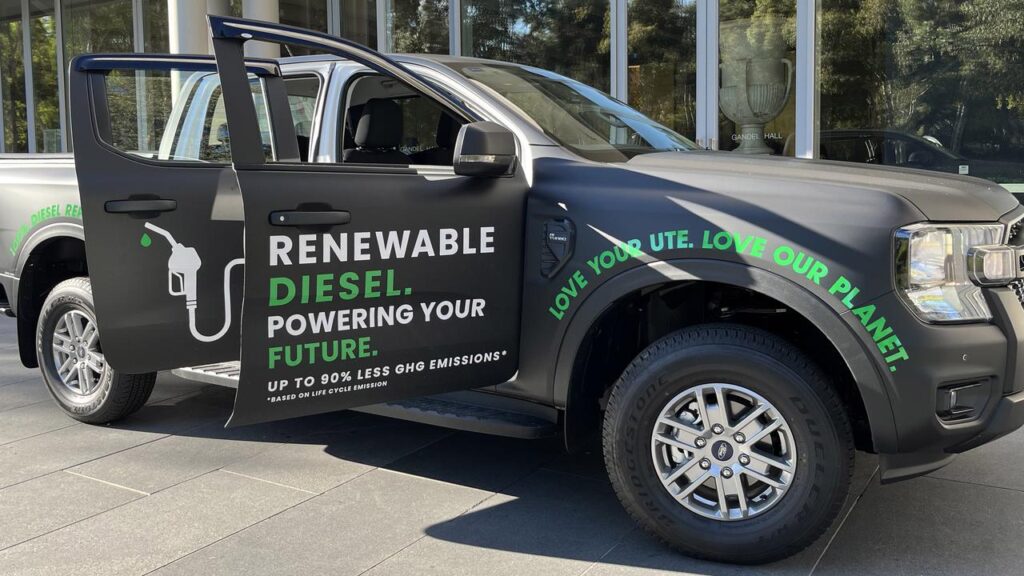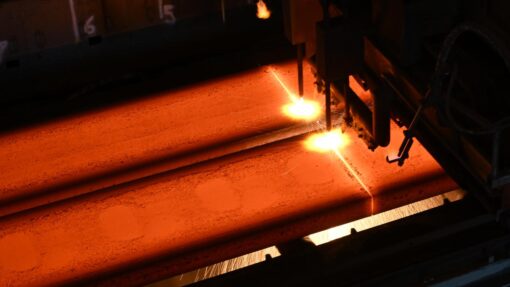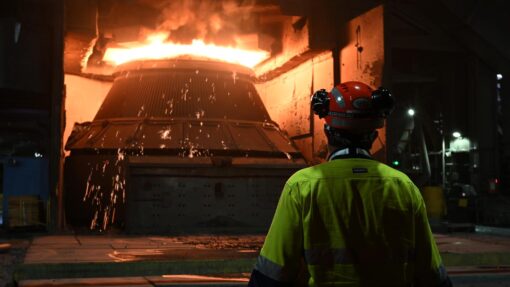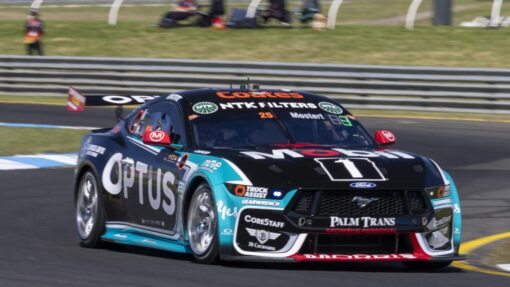Waste is the new oil: why Aussie export may be rubbish
Jennifer Dudley-Nicholson |

Australia’s next multibillion-dollar export industry could be based on an unexpected mishmash of sugar cane, wood chips, algae, used cooking oil, animal by-products and construction and demolition debris.
The latter is being used by a Queensland company to establish a biofuels production facility – one of three being built in the race to cut emissions from challenging industries.
The company, Wagner Sustainable Fuels, also launched Australia’s first biofuel blending facility on Wednesday and chief executive Matt Doyle says the nation could seize a big financial and environmental opportunity if it acts quickly.
“Waste products will be the new oil,” he says.
“We, as a country, have a lot of waste products so we can be a major player in sustainable aviation fuel and renewable diesel, and low-carbon liquid fuels in general.”

His prediction follows a $1.1 billion federal government investment in biofuel production and the launch of a public consultation into a national strategy for the burgeoning industry.
While momentum is growing, climate experts warn biofuels remain difficult and costly to produce, and their widespread acceptance will require governments around the world to mandate their use.
Biofuels, also known as low-carbon liquid fuels, are made from renewable resources such as agricultural waste and can be used to reduce emissions from industries in which there are few other options.
In transport, for example, sustainable aviation fuel has been flagged as the major solution airlines will use to reach their 2050 net-zero target, contributing 65 per cent of the emission reductions required.
Domestic airlines such as Qantas and Virgin Australia are already pursuing biofuel opportunities, Mr Doyle says, as alternative technologies are not ready to go the distance.
“There’s been a lot of studies done on electric planes, which are good for very short-haul (flights) but they can’t do any longer,” he tells AAP.
“Then there’s hydrogen in 2035 or 2040 but that will only be medium-haul and for long-haul there’s no other solution other than SAF out to 2050.”
The Toowoomba-based company is developing a sustainable aviation fuel production facility in Brisbane, co-funded by the Australian Renewable Energy Agency, which is expected to produce 114 megalitres of fuel each year.

But the firm’s latest fuel-blending facility at Wellcamp Airport is using imported synthetic fuel to mix with standard jet fuel, Mr Doyle says, while waiting for domestic supplies to become available.
“We’re hoping our facility can be a beacon for the federal government to look at and say everything works,” he says.
“Then we can get on with making good policy that will grow the industry and benefit Australia.”
Support for biofuels is growing in Australia, with the government announcing a $1.1 billion, 10-year Cleaner Fuels Program in September to boost its production.
Consultation also opened for the development of a National Bioenergy Feedstock Strategy in October to ensure Australia is producing materials needed to create renewable fuel.
The announcements are being welcomed by producers and potential users alike, Bioenergy Australia chief executive Shahana McKenzie says, after years “wasted in the climate wars”.
Despite the industry’s slow start, she says, Australia’s advantages, such as its strong farming sector, make it a natural biofuels leader in the Asia Pacific region.
“Australia is being looked at by all the other players in our region as the most likely contributor, either from a feedstock perspective or from an export perspective,” she says.
“It’s incredibly important that decarbonisation is actively taking place across all (nearby) jurisdictions.”

Australia already has three biodiesel and two ethanol refineries in operation, and three projects in development: Wagner’s Brisbane base, Ampol’s proposed renewable fuels facility in outer Brisbane and Jet Zero’s Project Ulysses in Townsville.
Other projects are “progressing behind the scenes,” Ms McKenzie says, to help the nation catch up to its potential.
“I’m very confident Australia will be delivering close to 10 per cent of our aviation fuel market needs in the early 2030s,” she says.
“In terms of the flow of sustainable aviation fuel and renewable diesel in country, we are predicting the first project will deliver fuel in 2028.”
But there will be more challenges to adopting biofuel than just producing it, Climate Energy Finance director Tim Buckley says.
Renewable fuels are significantly more expensive to produce than conventional varieties, he says, and will have to be mandated in some industries to ensure emission cuts.
“The cost of biofuels is between 50 and 500 per cent the cost of their fossil fuel equivalents and that’s a huge impediment to their uptake,” he says.
“A lot of biofuels will go into the maritime and aviation industries but that will only come about if you get mandates.”

The use of renewable fuels in shipping, for example, could rely heavily on the outcome of a vote by members of the International Maritime Organisation due shortly.
The aviation industry is more likely to accept mandates requiring the use of biofuels, Mr Buckley says, particularly if they only require their use in limited amounts.
“If it’s only a tenth of your fuel and everyone’s got the same (rules), the airlines won’t fight it,” he says.
“It all comes down to the fact that there is no alternative technology.”
AAP


